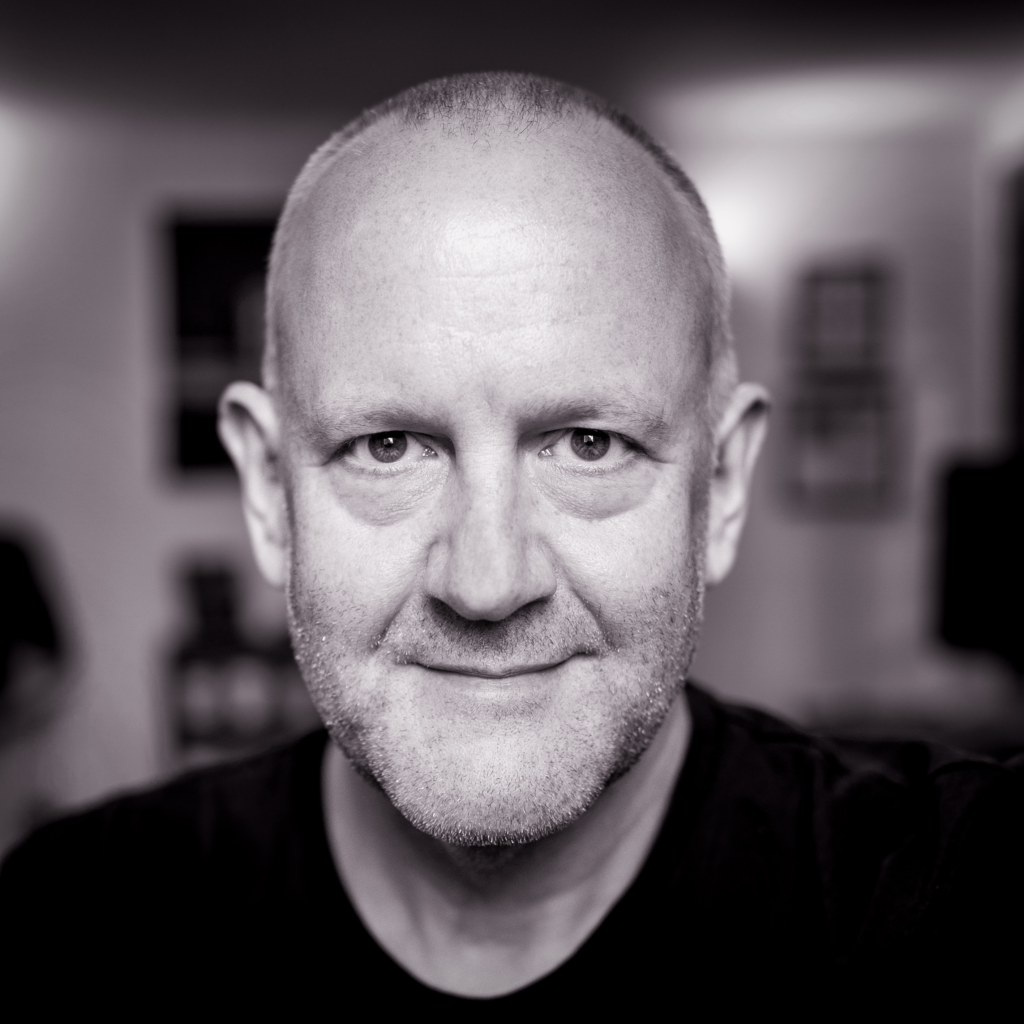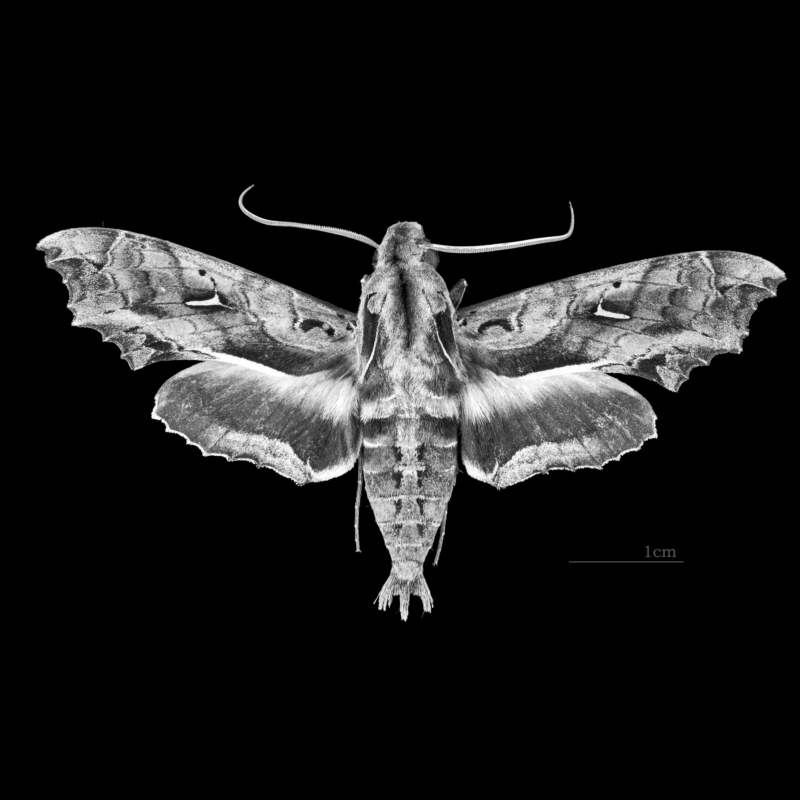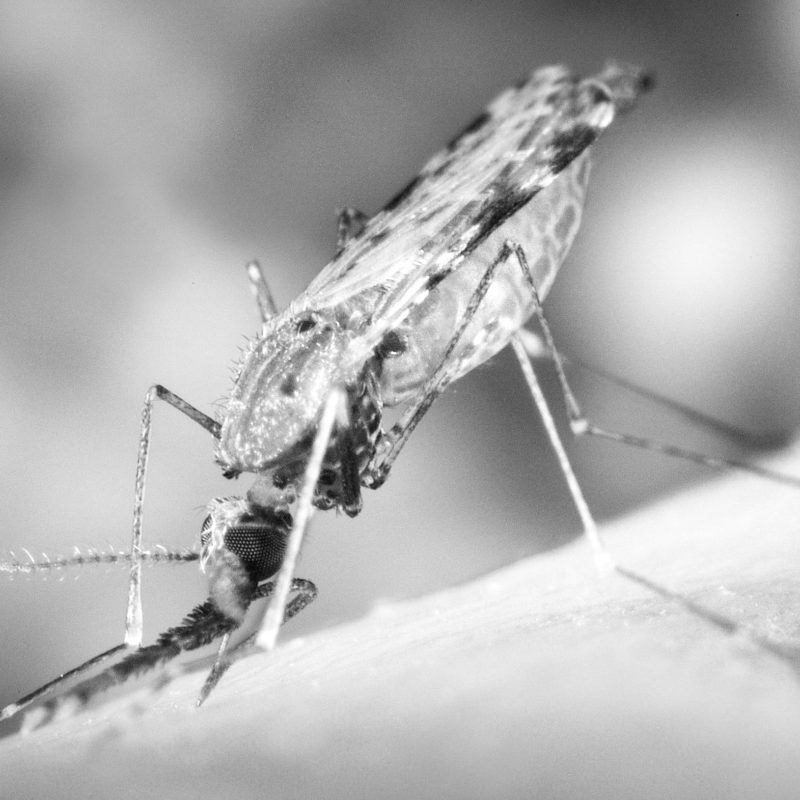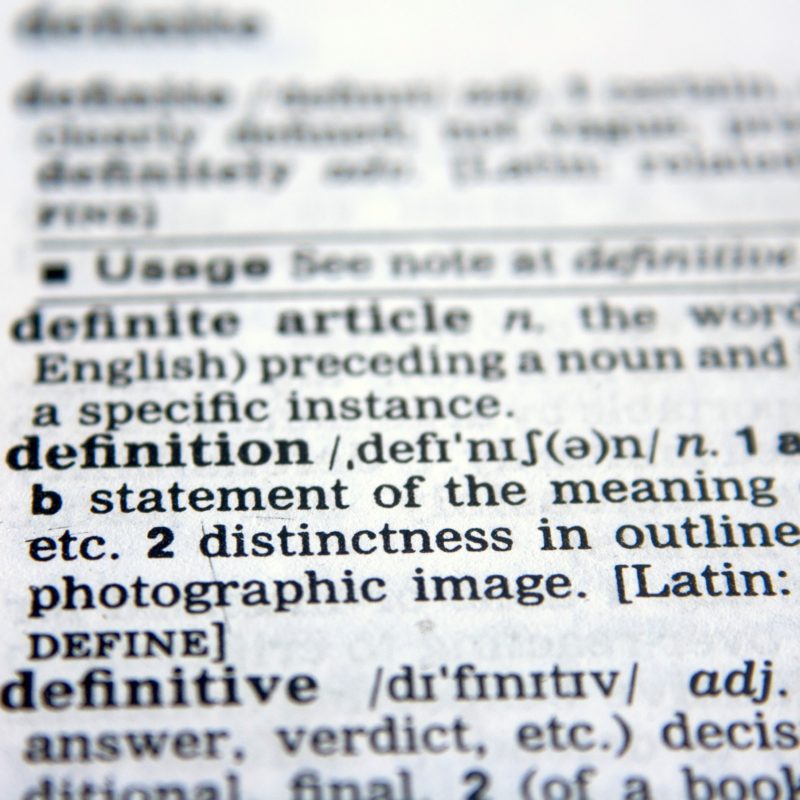On an episode of ‘The Tonight Show With Conan O’Brien’ that aired in 2009, the comedian Norm McDonald told a now oft-repeated joke, a much-condensed version of which goes as follows:
So, a moth walks into a podiatrists office. The podiatrist says: “Hi, what’s the problem?”
The moth responds dejectedly: “If only there were one problem… My wife doesn’t love me. In fact, I can’t remember a time when she did love me. My daughter has married a man whom I despise, and who despises me. And my son is a miserable failure. When I look at him, all I see is a reflection of my own failures. I don’t know how to go on, doc.”
The podiatrist replies: “Those seen like serious problems, but I’m only a podiatrist. Tell me, why did you come to me today?”
And the moth replies: “Because your light was on.”
Humans similarly gravitate both physically and metaphorically towards the light. Bright, shiny things, including bright, shiny information, seduce our sensory systems. We get drawn, we look, and (as per the proverbial drunkard hunting for his lost keys beneath the streetlight) we search where the light is brightest.
To become better at counter-deception, we need to look behind the light. Who owns the light? Who controls where the light shines? What does the light illuminate? And what is deliberately left in darkness? We need to spend more time exploring the shadows, directing our personal spotlight towards a broader set of sources and information. By doing so, we move from passive consumers of what we are given, to active searchers for, and creators of meaning.
There are many processes involved in counter-deception, but looking in the right places is one of the earliest. Looking in the right way is also critical. In future posts, I shall explore these issues and the topic of fake news in more detail.










